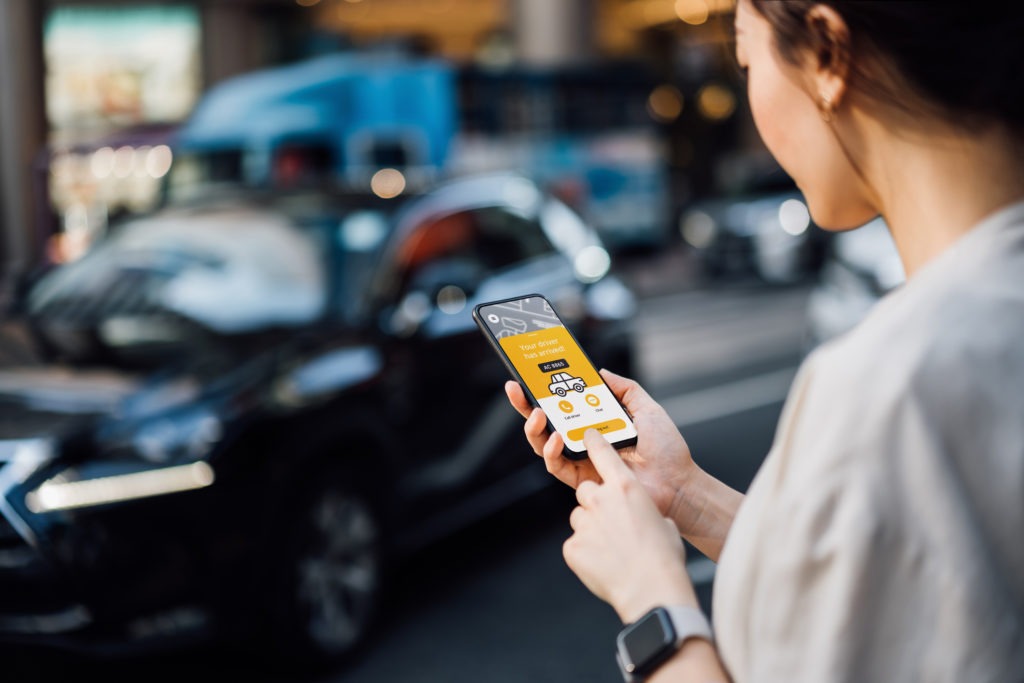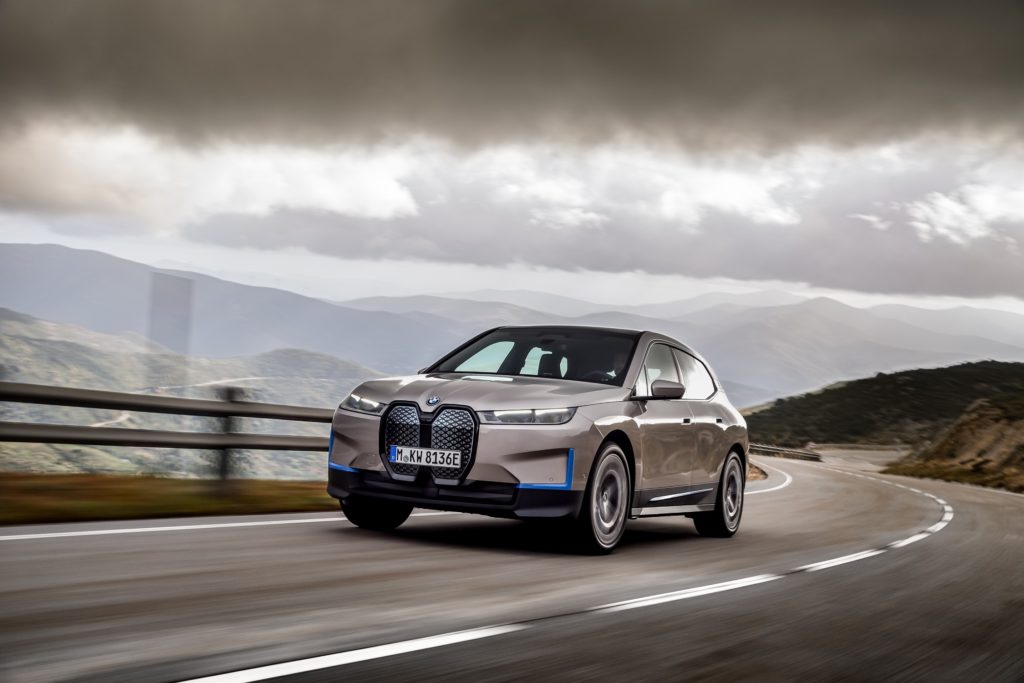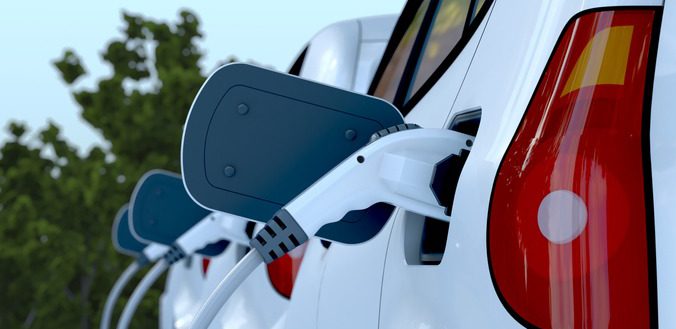Could apps help guide consumers to electromobility?
13 September 2021

Automotive companies and governments alike are forging paths towards electromobility as environmental deadlines draw in. But any technical or legislative progress will mean little if consumers are unconvinced that electrically-chargeable vehicles (EVs) are capable of replacing internal-combustion engine (ICE) models.
This need for electric enlightenment has spurred OEMs and officials into developing apps. Offering interactive and personalised information, digital tools have been designed to show consumers all the potential benefits of EVs. But with misconceptions about electromobility still rife, these apps will need to cut a clear and defined path.
EV&me
Last week Cupra, SEAT’s performance sub-brand, launched EV&me. The digital tool was developed alongside Volkswagen Financial Services and digital innovation company, Futurice. The app allows users to track their journeys and compare costs with electrified models. By using personalised data, consumers can get a better understanding of how an EV might fit into their day-to-day life and what potential savings could be made thanks to lower electric running costs.
The app provides users with four functions. The first, labelled journey, allows drivers to view their travel data. This includes an analysis of their journey, including the duration, distance, average speed, and estimated battery usage of a selected electrified Cupra model.
The second function, compare, provides an estimated running cost of the journey against one of the OEM’s EVs. This can then be distilled down into weekly, monthly, and yearly tabs to give an overview of where money could be saved in the short and long term.
The third function lets users view specification data for each selected model, with every Cupra EV available to review. Lastly, the explore tab provides additional information including vehicle updates and where the nearest charging points are.
The tool’s recent release makes sense given Cupra’s first all-electric model, the Born, is due to hit the European market from November. The app effectively clears a path by showing consumers how they could benefit from an EV. This will be vital as Cupra has ‘the ambition to become a fully electric brand by 2030.’
EV8 Switch
Meanwhile, the UK government is supporting another electromobility app: EV8 Switch. Backed by £2.7 million (€3.1 million) of UK Space Agency funding, the tool calculates how much money a UK driver could save by going electric when compared to their current ICE model. Plus, it reveals how much less CO2 might be emitted as well as the potential air-quality improvements.
Users can determine which EV would be most suitable for them based on their current vehicle and lifestyle. The app points out nearby charge points and which journeys can be completed without the need to top up en route. Working with Electrifying.com, the Department for Transport (DfT) has also produced a Beginners’ Guide to Going Electric. It breaks down essential topics like distances, charging, total cost of ownership, and grants.
We know that switching to an electric car can be a daunting prospect with a host of new information to absorb and jargon to cut through,’ said founder of Electrifying.com, Ginny Buckley. ‘But it’s not as complicated as it may seem and our research shows that once you’ve gone electric you won’t want to go back to a petrol or diesel car.’
Battery-electric vehicles (BEVs) made up 10.9% of UK new-car registrations last month, and plug-in hybrids (PHEVs) captured a 7.4% share. The combined 18.3% share of EVs far surpassed the diesel share, including mild-hybrid diesels, of 12.4%. So far this year, one in seven cars sold in the UK came with a plug. Plus, with an extension to the £50 million government fund to install charging points, and £1.3 billion committed to accelerating the infrastructure rollout across the county, the UK does appear to be heading down the electric path. However, some consumers do still have misgivings, but are they justified?
Electrified misconceptions
The Automobile Association (AA) polled nearly 15,000 UK drivers in July this year. It revealed almost all respondents overestimate the number of breakdowns an EV suffers due to infrastructure and range. In 2020, the AA attended around 13,000 EV breakdowns, of which 4% were for vehicles that had run out of charge: a figure which it confirms has halved in the last few years.
But only 1% of respondents correctly estimated the infrequency of this issue, with the average guess being two thirds (65%). The reality is that the top two causes of breakdowns for both ICE and EVs are the same: tyres and the smaller 12-volt battery. Respondents were also asked what they believed the average range of an EV was on a single charge. A quarter correctly said up to 200 miles, and only one in 16 (6%) expected less than 100 miles from a single charge.
‘As we fast approach the 2030 ban on new petrol and diesel sales, more drivers are thinking about electric cars,’ said AA president, Edmund King OBE. ‘However, there are still concerns about the existing charging infrastructure and single-charge range. Likewise, most drivers totally overestimate the percentage of breakdowns due to running out of charge.
‘The reality is far better than drivers think, with very few EVs failing to reach a charge point. In fact, EVs and combustion cars share the same top two reasons for breakdowns which are tyres and the smaller 12-volt battery,’ King added. ‘As more charge points, especially rapid chargers, are installed across the country the number of cars failing to reach one will further reduce, providing more confidence to drivers to help them make the switch.’



